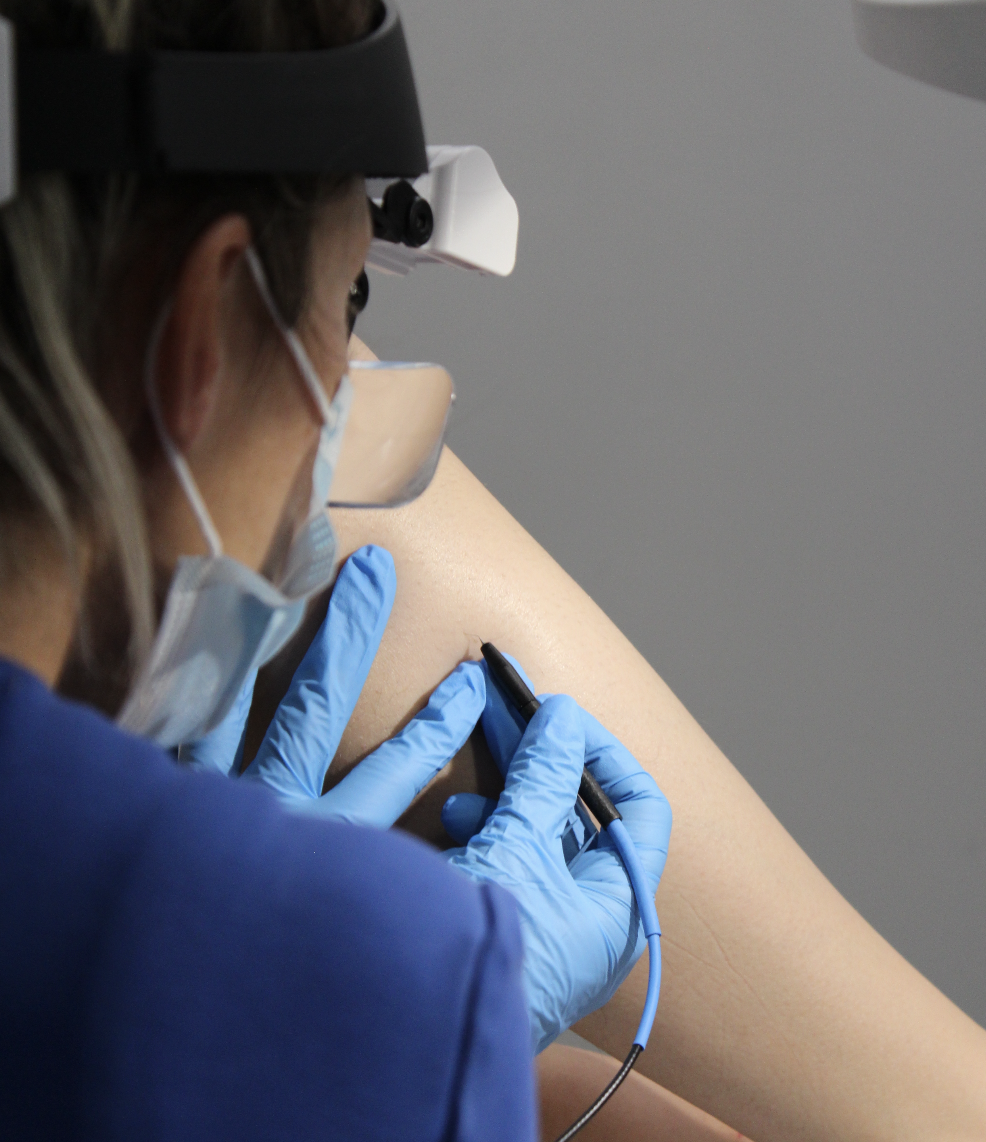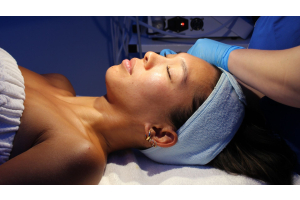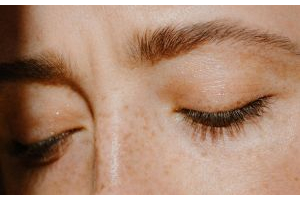The Good, The Smooth, and the (Tiny) Bumps Along the Way
So, you're considering ditching the razor and embracing the smooth permanency of electrolysis hair removal? Smart move! If you didn’t know it yet: it's the only (FDA-approved) permanent hair removal treatment out there. But let's be real, every superhero has its kryptonite, and even the most effective cosmetic procedures aren't 100% side-effect-free. At Nios Spa, we believe in full transparency – no sugar-coating, just honest talk about what to expect.
While electrolysis has been around longer than your grandma's secret cookie recipe (over a century!), it's crucial to understand the potential side effects of electrolysis. Don't fret, most are minor and fleeting, but knowing what might pop up means you're prepared, informed, and ready to get back to silky-smooth living. ;)
Electrolysis is incredibly popular for a reason: it works! Millions choose this path to permanent hair removal, as it’s effective, FDA approved and can save time and money in the long run! While most clients don’t get any after effects after treatments, a select few might encounter some temporary bumps along the road. Below, we'll dive into the most common electrolysis side effects, peel back the layers on why they happen, and even touch on the mighty pros and occasional cons of this transformative treatment.
The "After-Party" of Electrolysis: What Your Skin Might Do
Following an electrolysis session, your skin will naturally show some immediate signs of activity, like a bit of redness or minor swelling. This is simply your body's efficient way of responding and beginning the healing process.
Redness or Swelling
Electrolysis involves delicately inserting a tiny probe into the hair follicle and delivering a precise pulse of heat or electric current, your surrounding skin might feel a little "put out." This is entirely normal! You might notice some minor swelling and redness for about 36 hours post-session. The larger the treated area, the more likely your skin will throw a little red carpet event. These signs are just your body's amazing healing process kicking into gear.
Pro Tip: Just treat your skin with some TLC (Tender Loving Care). Avoid sun for 1-2 days post-treatment and use at least SPF 30+ sunscreen after that. Keep the treated area clean and dry; switch to a mild cleanser. Avoid makeup for at least 24 hours. Avoid scratching or irritating products (exfoliants, bleaching creams) until skin returns to normal.
Acne
It might seem counterintuitive, but acne breakouts can sometimes happen post-electrolysis. The disruption to your skin can occasionally trigger a flare-up if your skin is already prone to them.
Your Strategy: Keep your usual acne skincare routine humming along. We also recommend using a mild lotion, cleanser, or toner before your electrolysis session to prepare your skin. And of course, let our skincare experts know about your skin type beforehand so we can tailor our advice and discuss the best hair removal technique or aftercare for you. Rest assured, these breakouts are typically temporary and should clear up within 5 to 10 days.
Skin Discoloration
Post-inflammatory hyperpigmentation (PIH) can sometimes occur after electrolysis as a natural response to skin trauma. It’s more likely in individuals with darker or sensitive skin, especially if the treated area is picked at, not properly moisturized, or exposed to the sun too soon. Risk factors include over-treating a follicle, using high treatment intensity, or skipping post-treatment care. To reduce the chances of hyperpigmentation, avoid sun exposure, wear SPF, follow all aftercare instructions (ask your electrologist what could work best for you), and resist the urge to pick!
The Bright Side: While seeing skin discoloration can be disconcerting, it's generally harmless and will gradually fade with time. A skin-lightening cream can help speed up the process, and some scar removal creams might also lend a hand. It's nothing to panic about, and highly treatable. But it would be good to give a gentle heads-up if your skin has a particularly sensitive disposition.
Ingrown Hair Formation
The ultimate goal of electrolysis is to make hairs disappear, not to promote new growth! Yet, rarely, if a hair follicle is incorrectly or incompletely treated, it can lead to a stubborn ingrown hair.
The Easy Fix: Ingrown hairs are notorious for causing itching and irritation, but simple exfoliation usually coaxes them out. Given the sheer number of hairs typically treated, it’s a fairly common side effect of electrolysis and can be hard to entirely avoid. But rest assured, it’s a minor detour on your road to permanent smoothness.
The Bigger Picture: It’s worth noting that electrolysis is actually a long-term solution for ingrown hairs—especially for those who suffer from them regularly, whether or not they have PCOS or another condition. By destroying the follicle, electrolysis removes the root cause (literally!), offering relief for anyone dealing with persistent ingrowns.
Slight Discomfort
Let’s be crystal clear: While a bit of discomfort is expected (we are targeting follicles, after all!), significant or sharp pain during or after your electrolysis procedure is not typical. Everyone’s skin is different, and your pain threshold can vary depending on the day or even the time of the month — so always communicate with your electrologist if you’re feeling more than mild discomfort.
Your Rights: If the sensation feels stronger than expected, speak up right away! Your technician can apply a numbing cream if needed or adjust the treatment on the spot to make sure you stay comfortable and safe.






